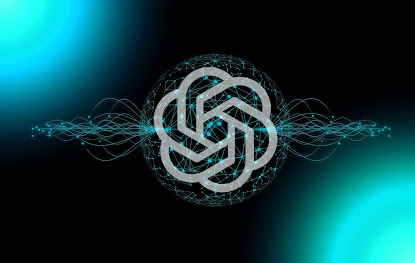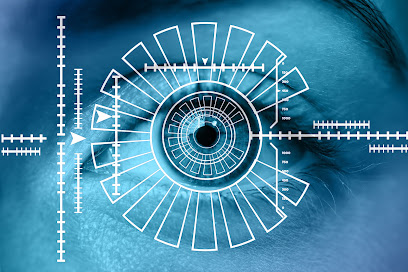"The Building Blocks of AI: Exploring the Technologies That Power Artificial Intelligence"
Artificial Intelligence (AI) has rapidly advanced in recent years, enabling machines to learn and adapt to complex situations with unprecedented accuracy. But what are the technologies that enable AI to function? In this blog post, we'll explore the core technologies that support AI and how they work.
1-Machine Learning
At the heart of AI is machine learning, a technique that allows machines to learn from data. Machine learning algorithms analyze data, identify patterns, and make decisions based on those patterns. As the machine is exposed to more data, it can improve its accuracy and decision-making abilities.
At the heart of AI is machine learning, a technique that allows machines to learn from data. Machine learning algorithms analyze data, identify patterns, and make decisions based on those patterns. As the machine is exposed to more data, it can improve its accuracy and decision-making abilities.
2-Natural Language Processing (NLP)
NLP is a subset of AI that focuses on enabling machines to understand human language. NLP algorithms can analyze text and identify meaning, sentiment, and intent. This technology enables chatbots and virtual assistants to communicate with humans in a natural way.
NLP is a subset of AI that focuses on enabling machines to understand human language. NLP algorithms can analyze text and identify meaning, sentiment, and intent. This technology enables chatbots and virtual assistants to communicate with humans in a natural way.
3-Computer Vision
Computer vision is another key technology that enables machines to interpret visual information. Computer vision algorithms can analyze images and videos, recognize objects and faces, and even detect emotions. This technology is used in applications such as autonomous vehicles and facial recognition systems.
Computer vision is another key technology that enables machines to interpret visual information. Computer vision algorithms can analyze images and videos, recognize objects and faces, and even detect emotions. This technology is used in applications such as autonomous vehicles and facial recognition systems.
4-Robotics
Robotics is the use of machines to perform tasks that are typically done by humans. With advancements in AI, robots can now be equipped with AI-powered algorithms that enable them to learn and adapt to their environment. This technology is used in manufacturing, healthcare, and other industries.
Robotics is the use of machines to perform tasks that are typically done by humans. With advancements in AI, robots can now be equipped with AI-powered algorithms that enable them to learn and adapt to their environment. This technology is used in manufacturing, healthcare, and other industries.
5-Deep Learning
Deep learning is a subset of machine learning that uses neural networks to analyze data. Neural networks are modeled after the structure of the human brain, and are able to recognize complex patterns in data. Deep learning is used in applications such as image and speech recognition.
Deep learning is a subset of machine learning that uses neural networks to analyze data. Neural networks are modeled after the structure of the human brain, and are able to recognize complex patterns in data. Deep learning is used in applications such as image and speech recognition.
6-Speech Recognition
Speech recognition technology enables machines to interpret human speech. This technology is used in virtual assistants, chatbots, and other applications that require machines to understand human language.
Speech recognition technology enables machines to interpret human speech. This technology is used in virtual assistants, chatbots, and other applications that require machines to understand human language.
7-Cloud Computing
Cloud computing is an essential technology for AI, as it allows machines to store and access massive amounts of data. Cloud computing also enables machines to access powerful processing resources on demand, making it possible for AI systems to process complex data quickly and accurately.
In conclusion, AI relies on a range of technologies to function, including machine learning, natural language processing, computer vision, robotics, deep learning, speech recognition, and cloud computing. These technologies enable machines to analyze data, understand human language, interpret visual information, perform tasks that are typically done by humans, recognize complex patterns, and store and access massive amounts of data. With continued advancements in these technologies, the possibilities for AI are endless, and we can expect to see even more powerful AI applications in the future.












Comments
Post a Comment